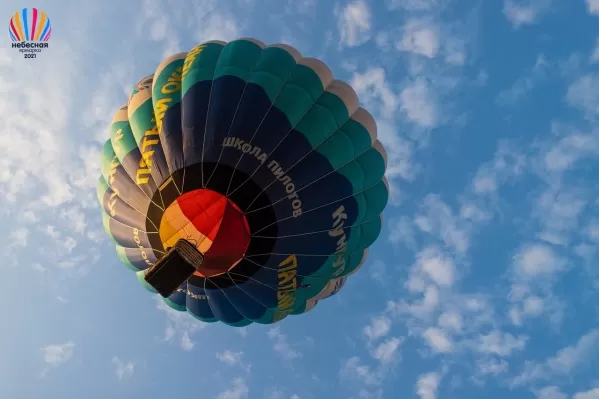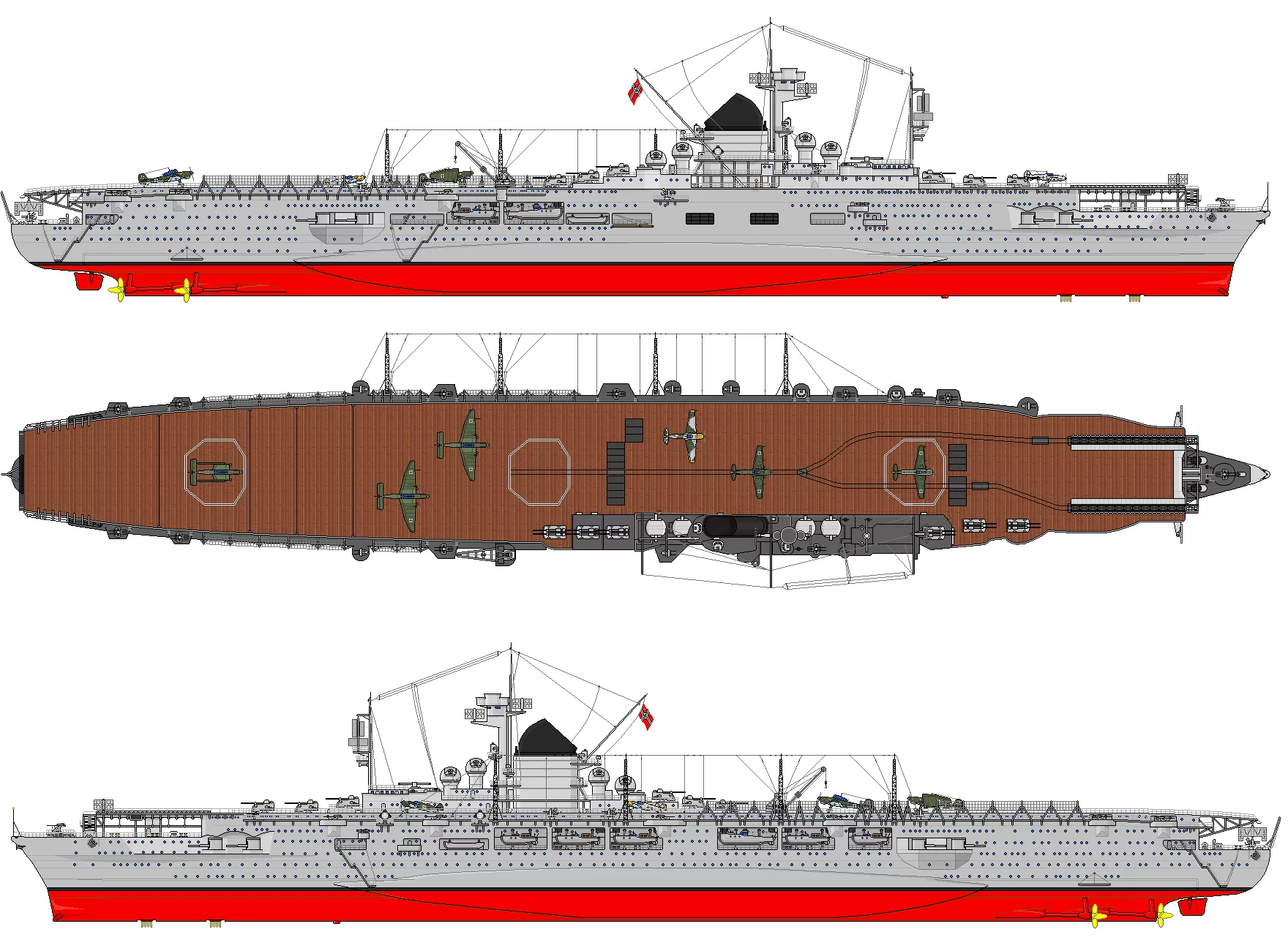
XI International Exhibition AIR FAIR
Showcase WZL No. 2 SA is a large hangar for transport and communications aircraft with a paint shop and service hall, commissioned last year. Photo by Przemysław Rolinski
On May 26-27, 2017, the 2th International Exhibition AIR FAIR took place on the territory of Wojskowe Zakłady Lotnicze Nr 2 SA (WZL No. XNUMX SA) in Bydgoszcz. The event was held under the honorary patronage of Bartosz Kownatsky, State Secretary of the Ministry of National Defense, Head of the National Security Bureau of the Kuyavian-Pomeranian Voivodeship, Marshal of the Kuyavia-Pomeranian Voivodeship, President of the City of Bydgoszcz, President of the Civil Aviation Authority and President of the Polish Aero Club.
The Ministry of National Defense used the AIR FAIR exhibition, incl. announce the results of a competition for proper names for new aircraft to transport the country's most important people. According to Deputy Minister Bartosz Kownatsky, the Ministry of National Defense received about 1500 proposals - as a result, the jury decided that Gulfstream G550 aircraft would be named Prince Jozef Poniatowski and General Kazimierz Pulaski, and Boeing 737 - Jozef Pilsudski, Roman Dmowski and Ignatius Jan Paderewski.
The next event closely related to the G550 program was the signing of a letter of intent between WZL No. 2 SA and Gulfstream Aerospace Corporation regarding the establishment of a service center for this type of aircraft at the plant in Bydgoszcz - according to the declaration of the Chairman of the Board of WZL No. 2 SA, a "hard" agreement on this issue can be signed this year after appropriate training and certification of the plant's employees. Of course, it is not profitable for WZL No. 2 SA to service only two aircraft - however, such a prestigious order as the care of government aircraft may open the way for further contracts of this type, concluded in the civilian market, where the G550 family is very popular.
The entry into the civil service market was typified by two publicly visible Bombardier Q400 regional transport turboprops owned by one of the leasing companies that have commissioned WZL No. 2 SA to keep them operational until a customer ready to operate is found. their. This type of service should be one of the elements of the go-to-market strategy, along with painting carried out at the Service and Painting Center. To date, the number of civil aircraft painting services has exceeded ten, and the experience gained will pay off in the future with new contracts.
The exhibition was also full of events related to accelerated procurement programs for unmanned aerial systems (UAVs) for the Polish Armed Forces. The most important of these was the signing of a license agreement between the Military Institute for Weapons Technology (WITU) and Wojskowe Zakłady Lotnicze No. 2 SA for the production of the Dragonfly Unmanned Aerial Vehicle System (BBSP) at the Center of Excellence in the field of unmanned aerial vehicles. at WZL No. 2 SA, this is the second agreement of its kind. On May 9, WITU entered into an agreement for the production of warheads with Zakłady Elektromechaniczne Belma SA, also from Bydgoszcz. The license for both elements paves the way for the completion of negotiations with the Ministry of National Defense and the purchase of systems of this type for the Polish army.
The heart of the BBSP Dragonfly is a micro-vertical take-off and landing class warhead carrier in a quadcopter system, with electric drive. It was intended for combat operations in open and urban areas. Depending on the warhead, Dragonfly can be used to combat armored vehicles (GK-1 / HEAT) or manpower (GO-1 / HE) within a radius of 5 km (can optionally be increased to 10 km); flight time within 20 minutes and a maximum speed of 60 km/h. Thermobaric head GTB-1/FAE is under development. Dragonfly can be equipped with a day or thermal imaging camera for night operation. Thanks to the automatic target tracking function, once the target is acquired, the "suicidal" mission of the host can be continued even if communication is lost. The system operates in crosswinds up to 12 m/s and is resistant to prolonged rain. An important advantage of the system is its mobility, which is affected by low weight (within 5 kg) and small dimensions (folded length of about 900 mm) and a very short start-up time. The whole thing is carried by one soldier in a specially designed backpack, which, in addition to the carrier itself, includes a set of warheads, a control panel and an external antenna.
The second very important unmanned event was the signing of a contract on the creation of the Orlik consortium, the purpose of which is to supply the tactical short-range UAV E-310 for the Polish Armed Forces. The members of the consortium are: PGZ SA, WZL nr 2 SA and PIT-Radwar SA. As previously reported, since December, negotiations have been underway with the Arms Inspectorate of the Ministry of National Defense to sign a contract for the purchase of 12 systems of this type. . For this purpose, investment work is being carried out on the territory of WZL No. 2 SA, including the construction of a department for composite structures.
BSP E-310 is designed for long-term surveying and electronic reconnaissance over a large area, in various relief and climatic conditions. It provides real-time collection of high-quality intelligence data received at considerable distances from the launch site. Its main tasks include: reconnaissance of the enemy, terrain and weather conditions; observation and monitoring of stationary and mobile objects and territories during a specified period of time; real-time guidance and definition of data for fire fighting; assessment of the consequences of hits on tracked targets, including in real time with correction of indications; images of terrain and objects with high resolution; recognition of changes occurring in a given area based on optoelectronic, thermal imaging and radar images; marking, description and identification of detected objects.
